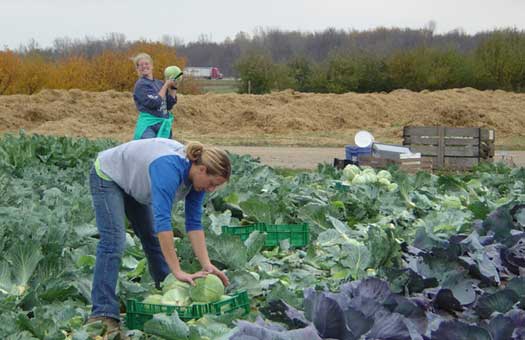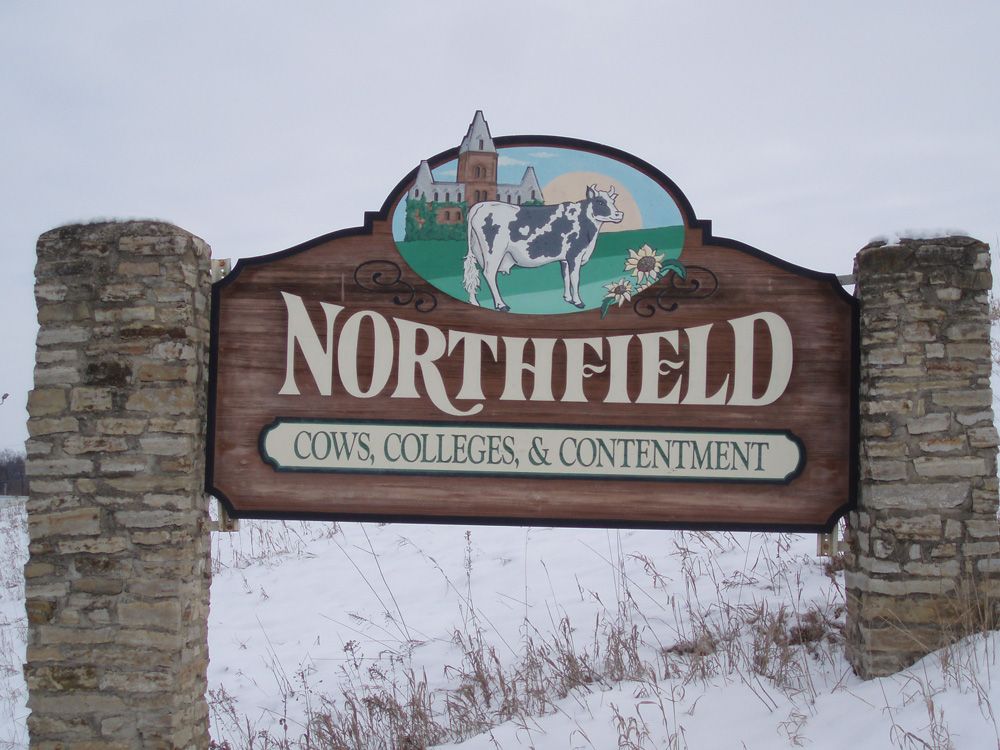
Farmelton
The Carleton Farm
A project of the Bio 160 Agroecology Course
From Farm to Burton: Why a connection to our Dining Service? By developing a connection between the dining service and the farm, we can use our harvest to feed the Carleton community. This has several advantages: Carleton students will get delicious, locally-grown food. This will reduce the distance our food travels to get to the dining hall, thus improving freshness and reducing its environmental impact. Having the food in our dining hall can provide a further opportunity for education about locally-grown and sustainable agriculture. Keeping the produce on-campus will avoid interfering with the local organic farming market.How will this connection function? |
 |
Having an understanding of the processes, both logistical and regulatory, which dictate the "Farm to Burton" process is needed to understand how the produce from Farmleton will work its way into the dining halls. These pages demonstrate the various considerations and steps contained within this connection. First and foremost is the consideration of how Carleton produce could be purchased by the dining service provider. The main considerations of this connection are health and safety regulations, as well as storage and refrigeration. We have also included information on how other colleges manage the connection between their student farms and dining halls.
Further information:
Information on our current dining service provider and regulatory concerns for purchasing Farmleton outputs.
Information on how the farm's produce could be stored in a straw-bale building and refrigerated.
Some examples of how other colleges incorporate student farm produce into their dining hall.
 |
 |
 |